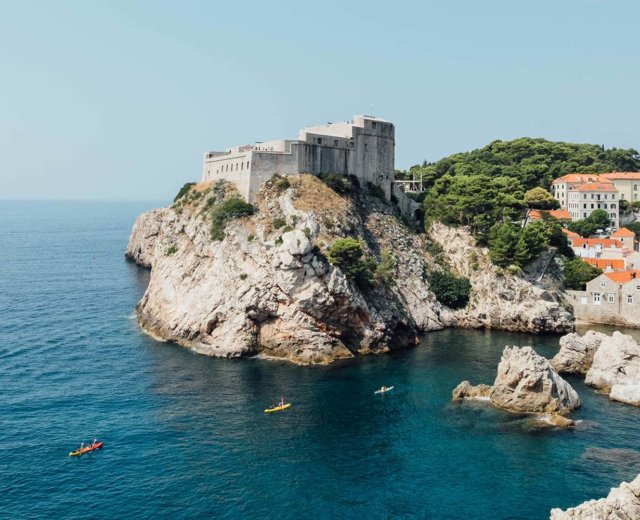Words of wisdom from fearless female pioneers
Anna Brech
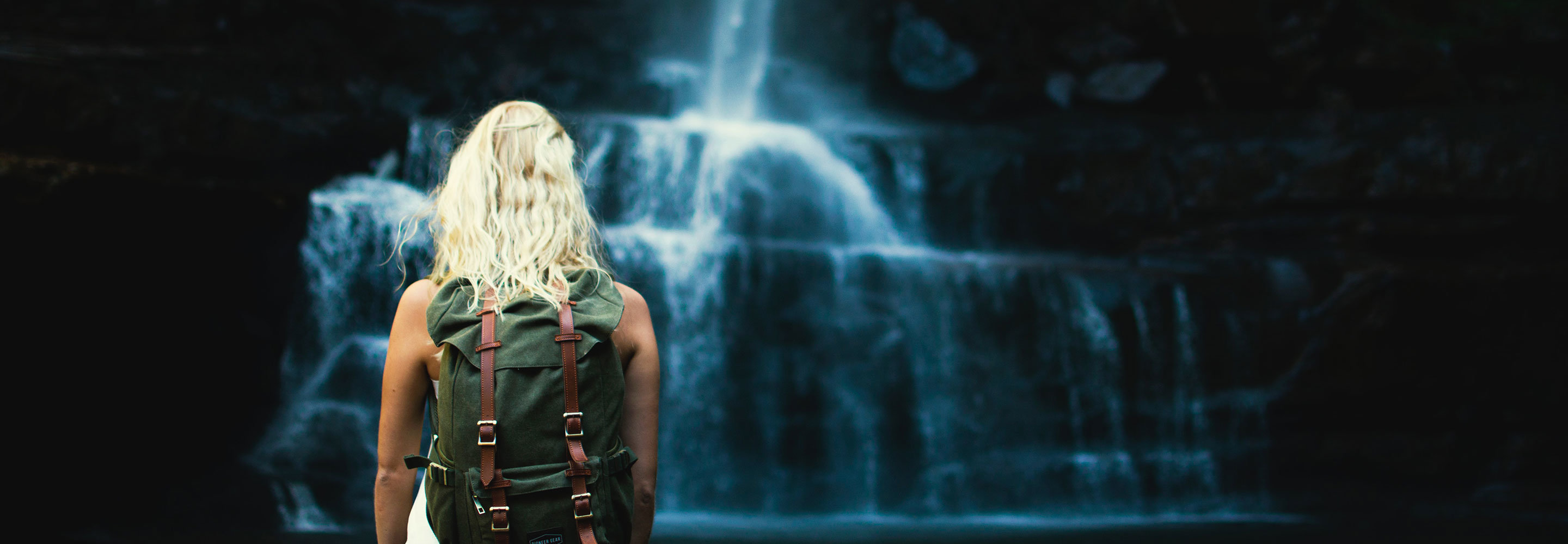
They say well-behaved women don’t make history, but it seems even the more reckless ones would struggle to leave their mark. Throughout time, brave female explorers have been ignored by books and on bank notes; even as the men around them were lauded.
So, to help tip the scales, we’ve delved into the rich and fascinating world of female pioneers.
These are the women who risked censor and scandal in years gone by, in pursuit of the Great Unknown. They’re joined by their modern-day sisters, who continue to blaze a trail across seas and up mountains, all around the globe.
Read more: Why women revel in the ritual of being single
Times have changed, and women now have more freedom and autonomy than once they did (although this isn’t a given). But what draws these travellers together is their insatiable appetite for adventure. Not one of them bowed to expectation or obstacle, in search of their daring dreams.
So, come raise a toast to just a few of history’s most audacious female wanderers, and fire up your own appetite for adventure and derring-do.
Please note: This is just a snapshot of the many great female adventurers out there. Add in your own suggestions in the comment section, below!
The traveller: Isabella Lucy Bird
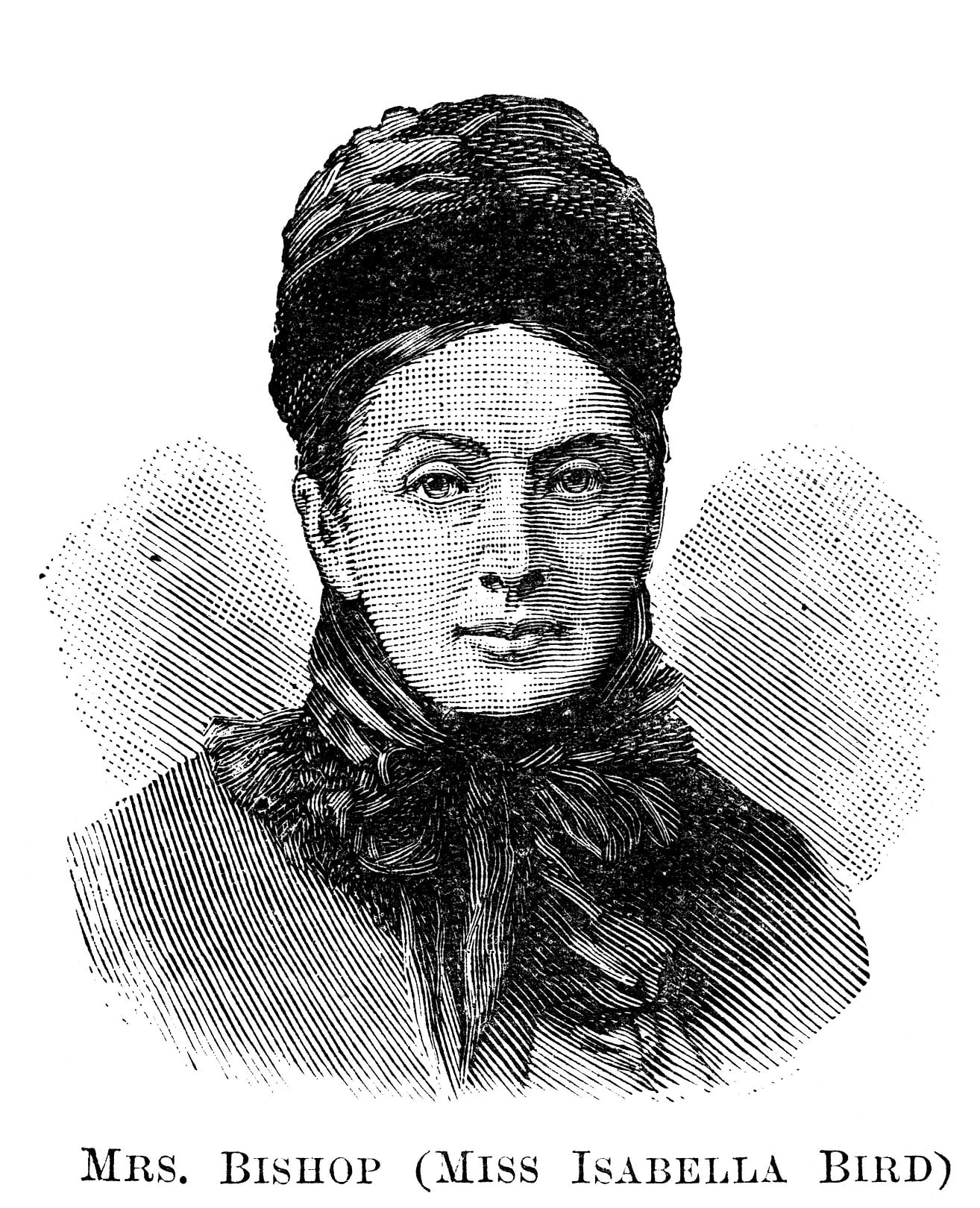
“To a person sitting quietly at home, Rocky Mountain travelling, like Rocky Mountain scenery, must seem very monotonous; but not so to me, to whom the pure, dry mountain air is the elixir of life”
Yorkshire-born Isabella Bird first travelled the world as a cure to post-operative depression that she suffered in the 1850s. Her father gave her £100 and told her to go where she wanted. She ended up in Hawaii and Canada, kick-starting a lifelong passion that would take her down the Yangtze River in China, through the Middle East, and to Japan and India. Her adventures weren’t without drama – she ended up fighting off a hostile mob at one point, and was stoned to the point of unconsciousness at another – but as a Victorian female explorer, she was well beyond her time. Her meticulously-observed travel writing earned her a position as the first woman fellow of the Royal Geographical Society.
The mountaineer: Junko Tabei
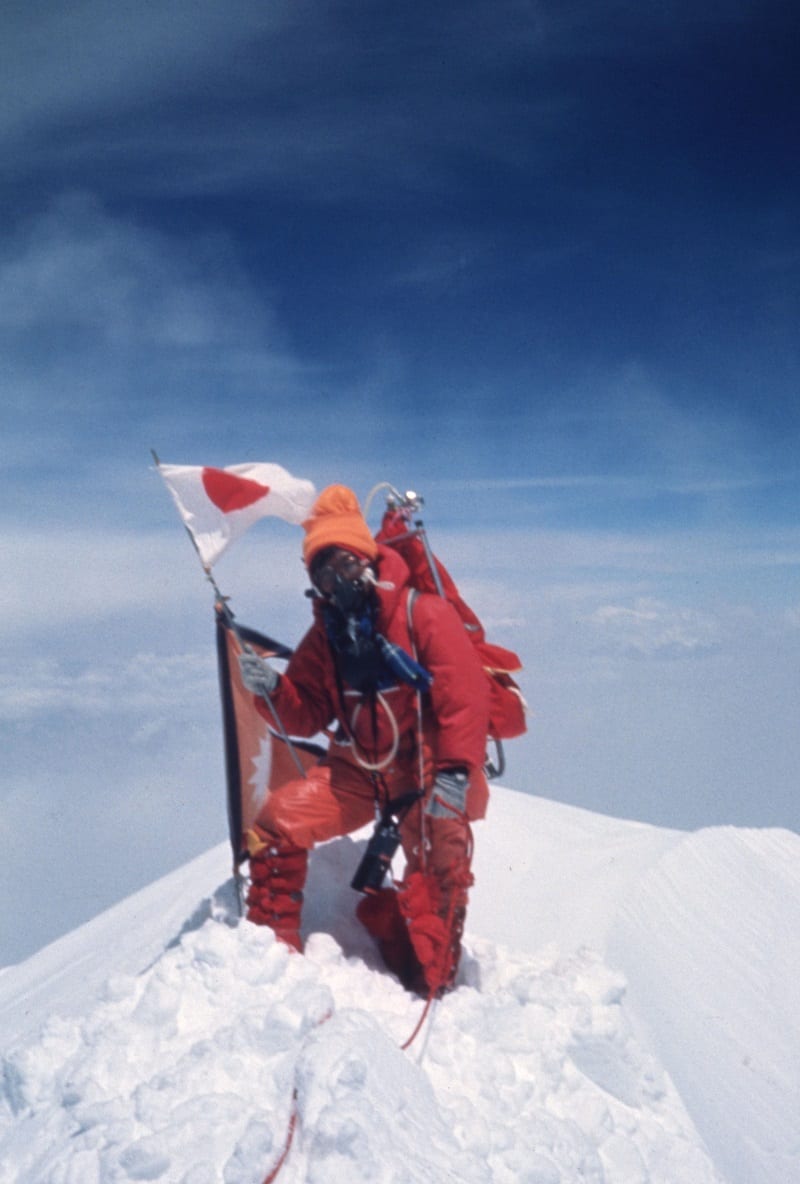
“Technique and ability alone do not get you to the top – it is the willpower that is the most important. This willpower you cannot buy with money or be given by others – it rises from your heart”
Japanese mountaineer Junko Tabei became the first woman to summit Mount Everest in 1975, leading a team of 15 women from her self-formed Ladies Climbing Club. The group’s motto was “let’s go on an overseas expedition by ourselves”, and – though it faced criticism and often struggled to secure sponsorship – it provided a symbolic antidote to the male-dominated climbing groups of the era. By 1992, Junko became the first woman to conquer the Seven Summits; the highest mountains in each of the seven continents. And, if that wasn’t achievement enough, she also attempted to climb the highest mountain in every country, a mission that saw her casually tick off 70 peaks worldwide.
Read more: Solo travel fuels this major happiness habit
The war reporter: Martha Gellhorn
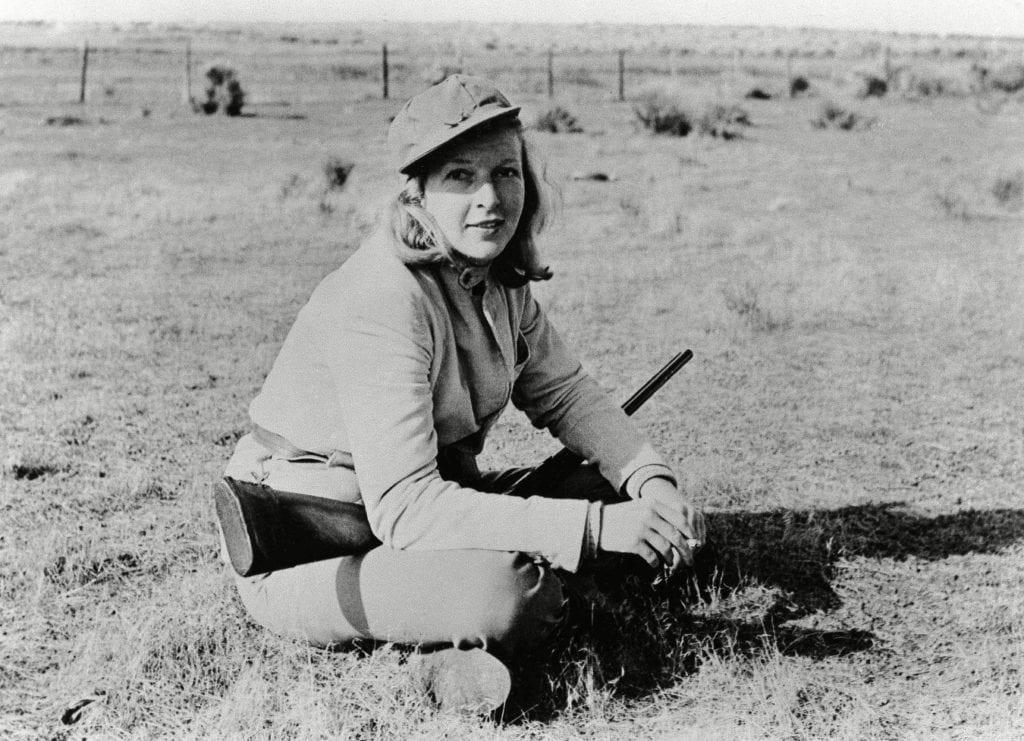
“Nothing is better for self-esteem than survival”
American Martha Gellhorn travelled to Paris in 1929, armed with just $75 and a burning ambition to become a foreign correspondent – at a time when women in the profession were virtually unheard of. She rapidly built up a reputation as one of the greatest war reporters of all-time, covering everything from the the D-Day landings (where she managed to smuggle her way onto the beach) to the liberation of Dachau, the Vietnam war and the US invasion of Panama. Her unflinching reports drew widespread acclaim, and she cut a glamorous figure, who loved to drink, smoke and gossip. But above all, says friend and New York editor Bill Buford, Martha “was a friend of the dispossessed, the oppressed, the neglected”.
The aviator: Bessie Coleman
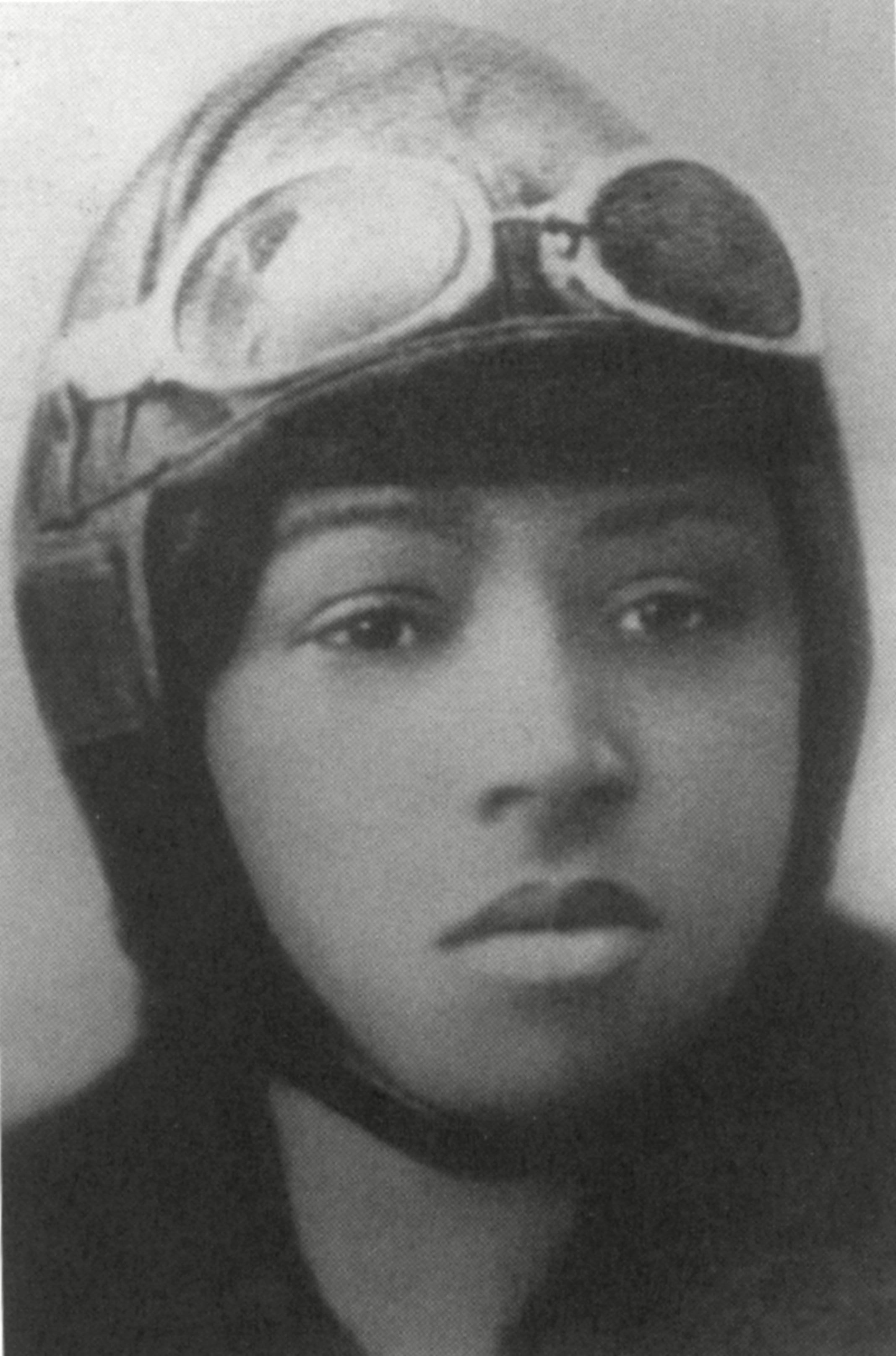
“I refused to take no for an answer”
Ever since she listened to stories of pilots fighting in the Great War, Bessie Coleman was determined to become an aviator. But the fact that she was black and female in 1920s America meant no flying school was willing to teach her. Instead, in an extraordinary act of tenacity, Bessie learnt French and worked two jobs in Chicago to raise enough money to travel to Europe. Her grit paid off, and in 1921, she became the first African American woman to be awarded an international pilot licence, after just seven months of training in France. In 1922, Bessie returned to America and hosted a series of wildly popular air shows under the stage name Queen Bess, where she performed aerial acrobatic stunts, diving and wing-walking. She died in a rehearsal accident in 1926, at a time when she was saving up to open her own flight school exclusively for black pilots.
Read more: “Why I set up a tour company for people in their 30s and 40s”
The cosmonaut: Valentina Tereshkova
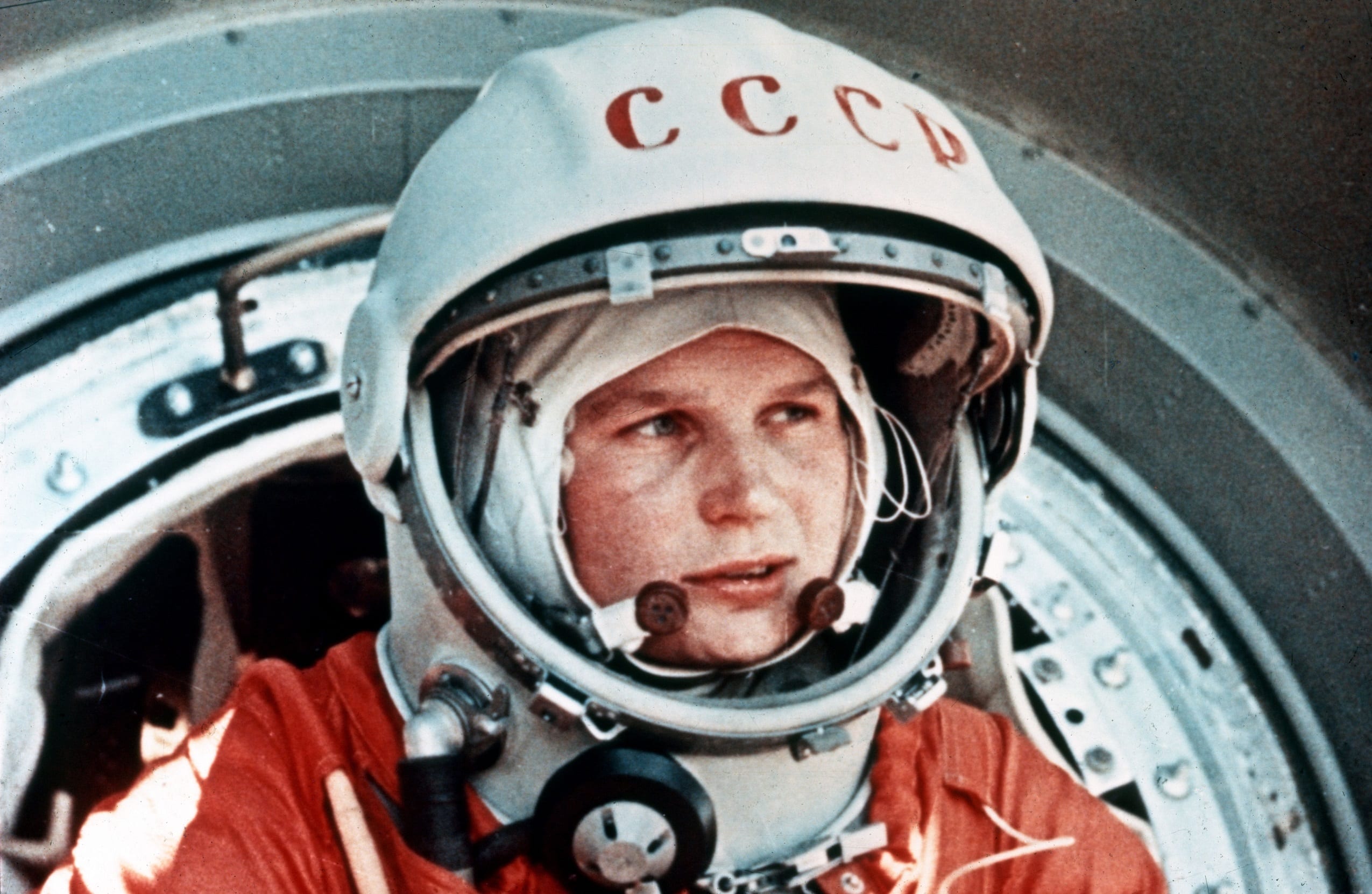
“A bird cannot fly with one wing only. Human space flight cannot develop any further without the active participation of women”
Russian pioneer Valentina Tereshkova achieved “my childhood dream of the sky” by becoming the first woman to travel into space, in June 1963. She was accepted onto the Soviet space program with zero experience, but her background as an amateur parachute jumper caught the attention of recruiters (at the time, cosmonauts had to parachute briefly on their return to Earth). After 18 months of gruelling training, Valentina was chosen to pilot Vostok 6 into space, making 48 orbits of Earth. Her three-day mission narrowly avoided disaster due to an error in the spacecraft’s navigation software, but Valentina managed to land safely in a remote region near Mongolia, where she promptly accepted the invitation of local villagers to dinner.
The interpreter: Sacagawea
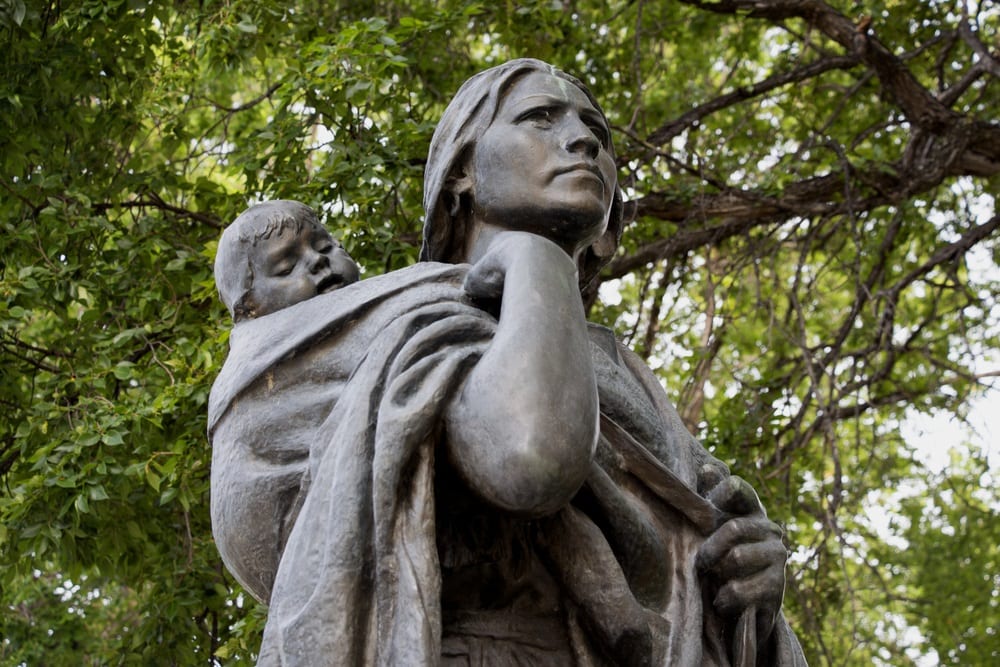
“Your woman, who accompanied you that long dangerous and fatiguing route to the Pacific Ocean and back, deserved a greater reward for her attention and services on that route than we had in our power to give her”
Born into the Lehmi band of the Shoshone Indians, Sacagawea played a key role in the success of Lewis and Clark expedition from St. Louis, Missouri, to the Pacific Ocean in the early 1800s. Sacagawea and her husband were engaged as interpreters for the voyage, as it passed through Shoshone territories in a quest to find a water route to the ocean. As the only woman on the trip, Sacagawea quickly proved an invaluable presence – despite having given birth to a son just two months before. She brought crucial knowledge of the terrain and edible plants, and also represented “a token of peace” to Shoshone tribes that the party encountered along the way. At one point, she saved key papers from being blown away on a canoe, in an act of “fortitude and resolution”. A river was later named in Sacagawea’s honour, and a bronze statue marking her service was unveiled in St. Louis (above).
Read more: Why Japan is a dream destination for solo travellers
The investigator: Nellie Bly
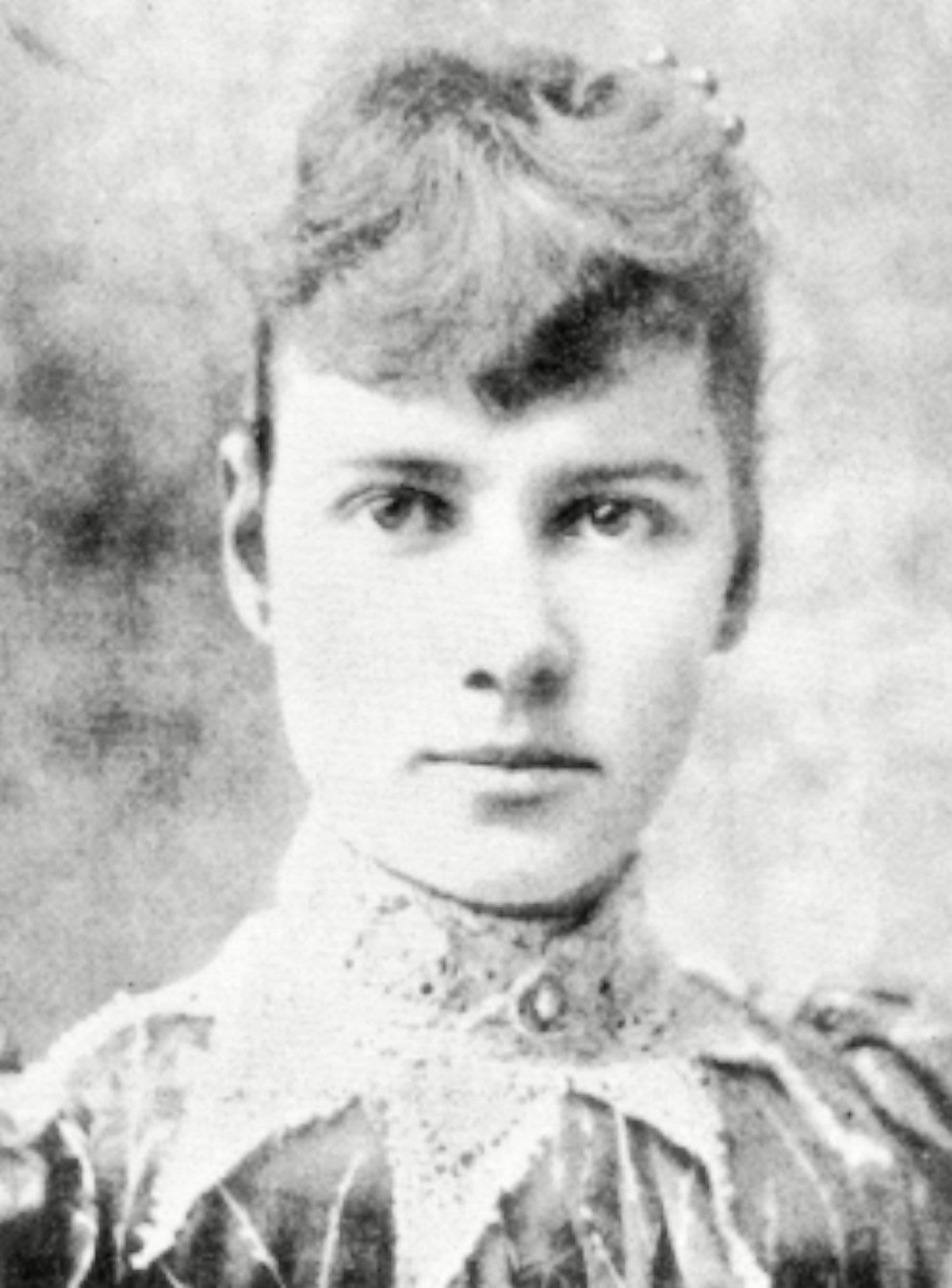
“I always have a comfortable feeling that nothing is impossible if one applies a certain amount of energy in the right direction”
American Nellie Bly took on uncharted territory when she became one of the world’s first undercover reporters, in the 1880s. During this period, most female writers were confined to topics around cookery and gardening, but Nellie sought to break free from the mould. After a short stint in Mexico – where she was ousted for writing articles that were critical of the country’s dictator – she feigned mental illness to land a shocking exposé of a US asylum. Driving home her reputation as a daring reporter, Nellie later undertook a 25,000-mile journey around the world to recreate the fictionalised account, Around the World in Eighty Days. Her adventure took her from America to the Suez Canal and the straits of Penang and Singapore in just 72 days – setting a new world record in the process.
The risk-taker: Kira Salak
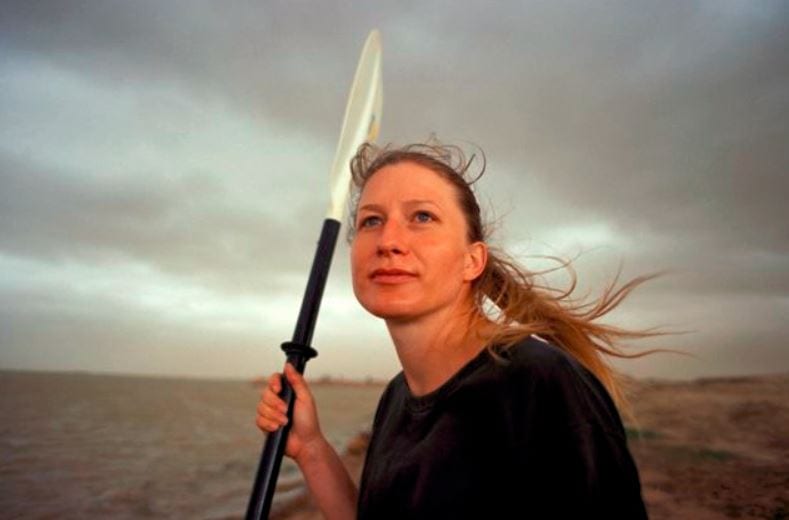
“Only four words of advice: It can be done”
Described by the New York Times as “a tough, real life Lara Croft”, American Kira Salak specialises in one-woman expeditions to some of the globe’s most remote and inhospitable places. Her career as a impassioned travel writer has seen her held at gunpoint in the Congo, hunted by a gang in Mali and caught up in an attempted coup in Bangladesh. Kira also cycled nearly 800 miles across Alaska to the Arctic Ocean, is the first person to kayak solo 600 miles to Timbuktu, and the first woman to have traversed the whole of Papau New Guinea (aged just 24) – a feat she undertook by foot and dugout canoe. With an insatiable appetite for the unknown, it’s fair to say that Kira does not let the idea of danger get between her and her groundbreaking journalistic calling.
Read more: Uplifting happiness habits to borrow from around the world
The explorer: Gertrude Bell
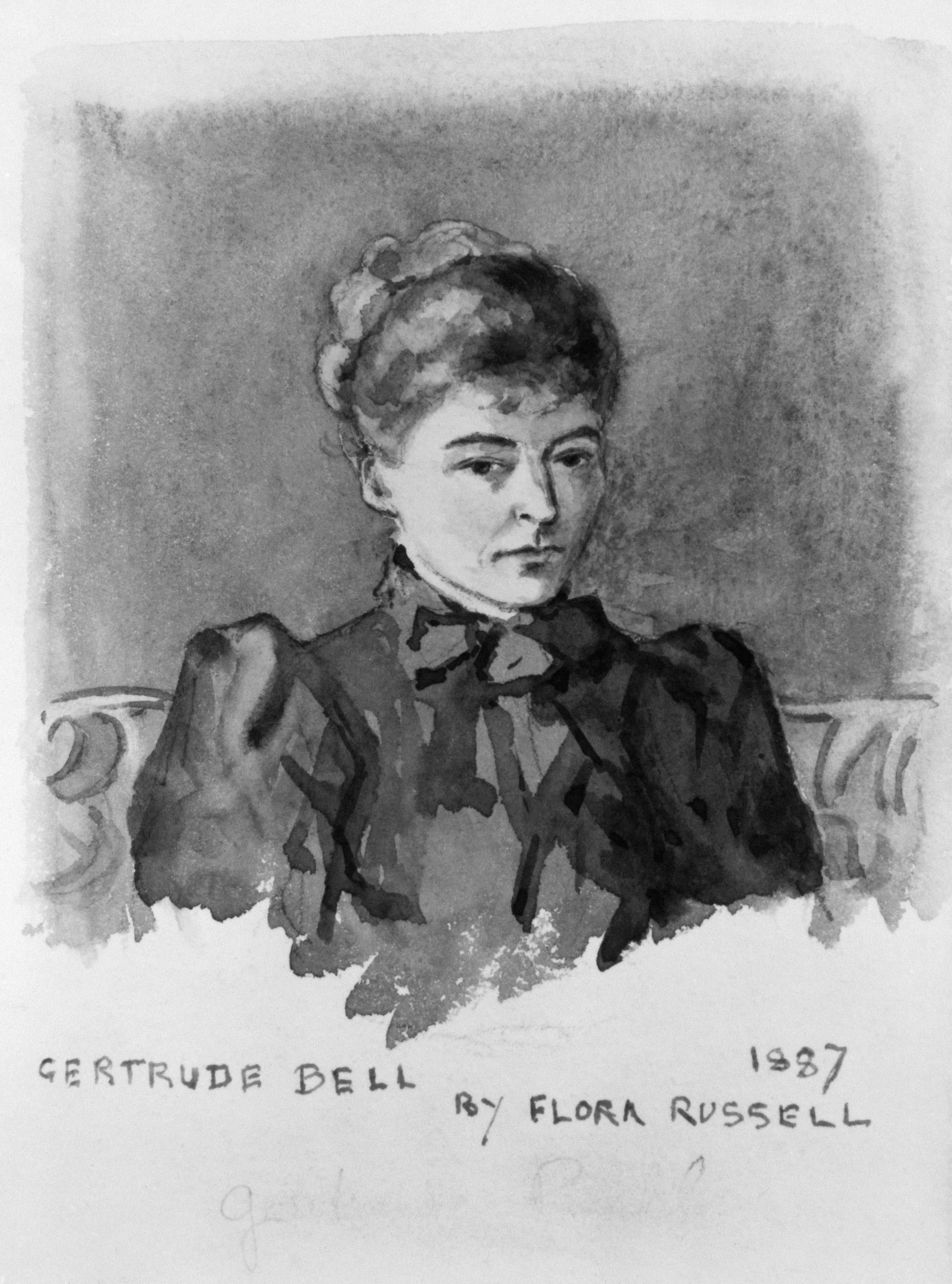
“To wake in that desert dawn was like waking in the heart of an opal. … See the desert on a fine morning and die – if you can!”
British explorer Gertrude Bell shunned life as a Victorian debutante by taking up a path of adventure that was extraordinary by any standards – let alone the genteel society from which she sprang. By the late 19th Century, Gertrude became notorious, after surviving 53 hours on a rope on the north-east face of the Finsteraarhorn. Aside from a career in climbing and two round-the-world trips, she also traversed the Arabian Desert, learnt Arabic in Jerusalem and taught herself archaeology. But it’s really her role in shaping the political landscape of Mesopotamia – now known as Iraq – for which Gertrude is famed. A key official in Baghdad, she helped Arab leaders rebel against the Turkish Ottoman Empire during the Great War, and advised on new borders that formed Iraq. The only woman among many male delegates, Gertrude appeared to “move as an equal among the sheikhs” and was regarded affectionately, despite her colonial bearings.
The record climber: Sophia Danenberg
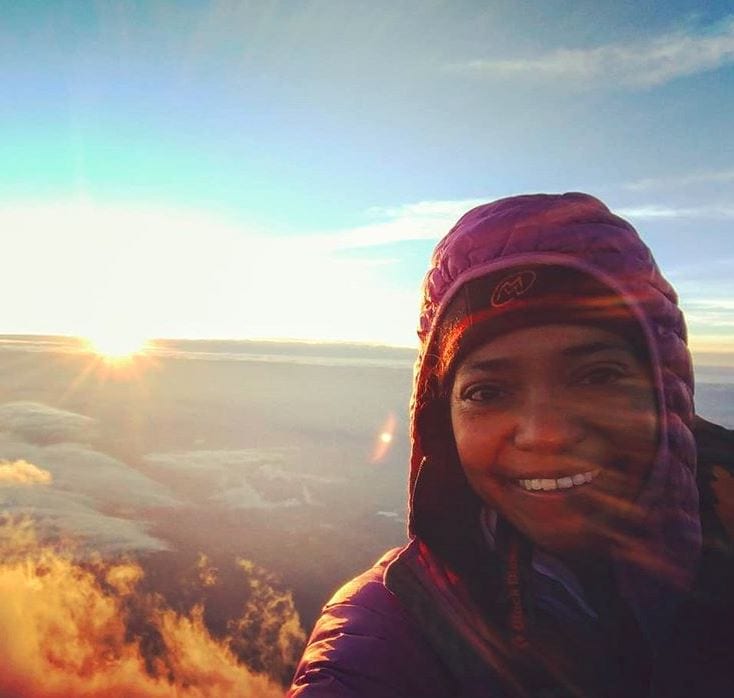
“There are a lot of climbers who just don’t give an effort to connect with locals. I have found that my best memories are from meeting and learning from locals.”
In 2006, Sophia Danenberg became the first African American and the first black woman from anywhere to summit Mount Everest, the world’s highest peak. The climber battled bronchitis, frostbite and a storm to reach the top on the unguided ascent, but had no idea that she was setting a world record in the process. “Someone actually had to tell me that I was the first [black woman to reach the summit], I wasn’t doing it for that reason,” she says of her historic feat. Sophia’s decision to climb Everest was made late in the day, and incredibly, she did it with just two months’ training – on top of her day job as a Boeing analyst. She now climbs locally in Washington State, where she’s also “climbing the corporate ladder” in policy analysis.
Read more: Reclaim your single life by travelling with strangers
The high-flier: Harriet Quimby
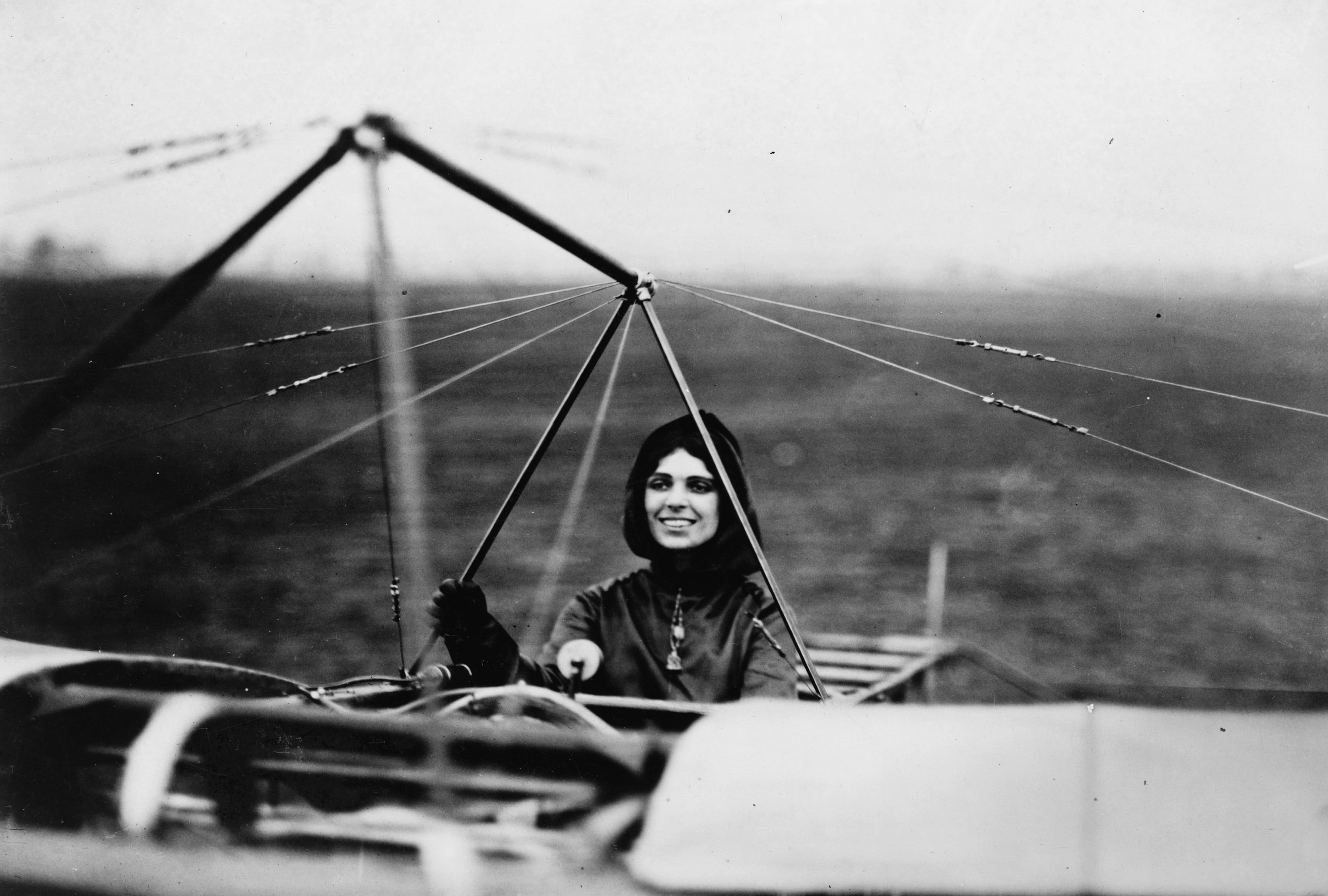
“I was annoyed from the start by the attitude of doubt on the part of the spectators that I would never really make the flight … This attitude made me more determined than ever to succeed”
Described as a “tomboy full of verve and spunk who was prepared to try anything,” American Harriet Quimby was instinctively drawn to the early 20th Century world of cars and aeroplanes. In 1911, she became the first American woman to earn a pilot’s licence (“When I saw how easily the man flyers manipulated their machines, I said I could fly,” she remarked at the time). The following year, she became the first woman to fly over Mexico City, and the first woman to fly the English Channel. But just three months later, tragedy struck and Harriet was killed in a plane crash in the States. Her short life secured her reputation as a dazzling figure: part celebrity “bird girl” with thousands of fans, and part tireless advocate for the role of women in aviation.
The sailor: Ellen MacArthur
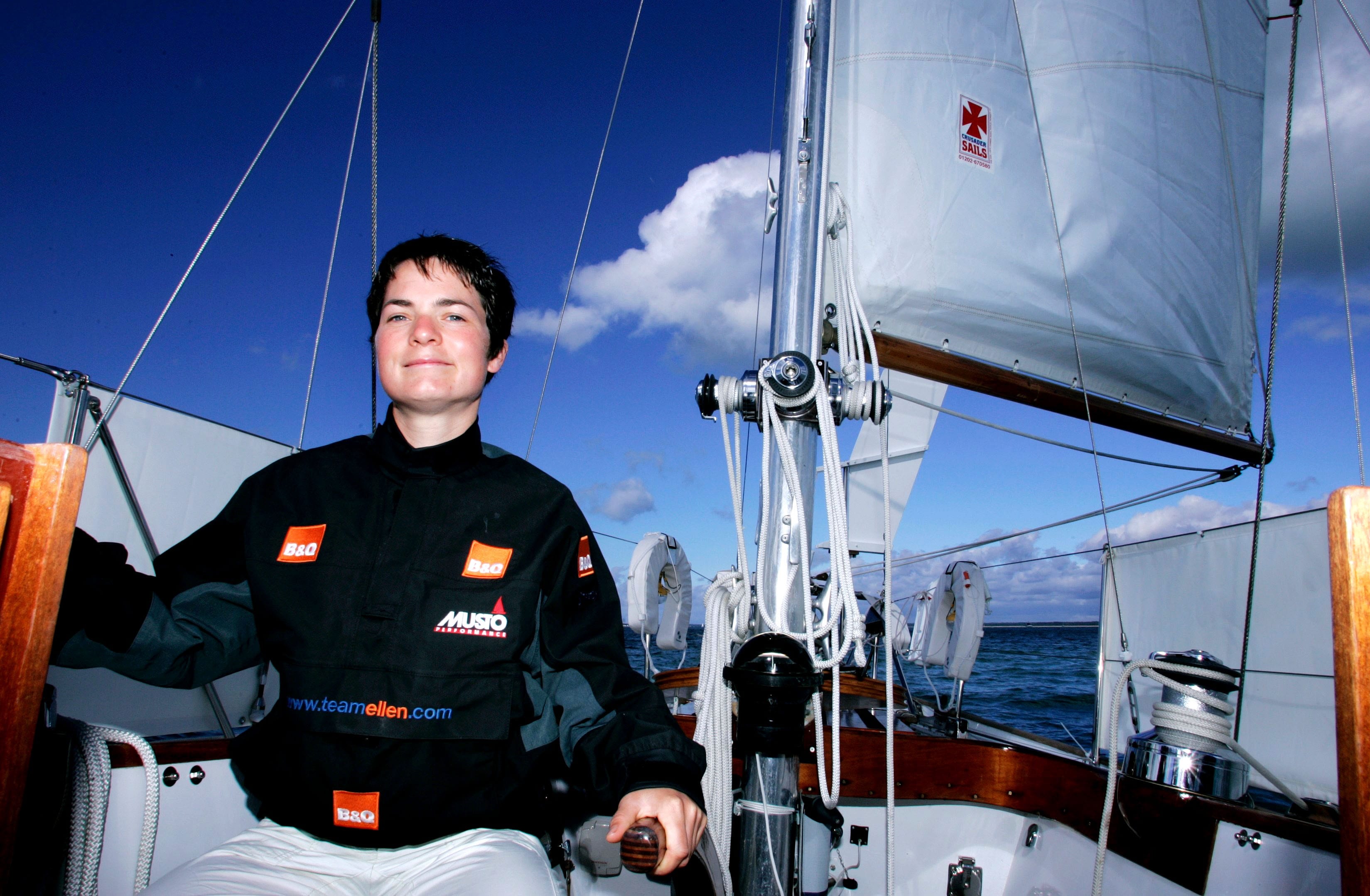
“There were times out there that were excruciatingly difficult – I have never had to dig that deep in my life“
In 2005, Dame Ellen MacArthur set a record for a single-handed non-stop sail around the world. The then 28-year-old British sailor swept to victory on her first attempt, setting out from the Isle of Wight on a 75ft trimaran to travel nearly 30,000 miles across the globe. Along the way, Ellen came up against gales, icebergs, a near-collision with a whale and bruising from where she repeatedly scaled the boat’s 90ft mast. Additionally, as she was handling the whole mission solo, she could only sleep in 20-minute snatches. But she completed the voyage in 71 days, trimming the previous record by over a day. “Some days you have a huge rolling sea and the boat is sailing beautifully … and then there is no better place to be on Earth,” Ellen said, on her jubilant arrival back home.
At Flash Pack, we’re passionate about female solo travel. Check out our adventure trips today.
Photos: Shutterstock, Remi Benali and Instagram

